For most monitor applications, a standard off-the-shelf unit gets the job done. But there are certain situations that require a sealed monitor to protect it from the elements. Uses vary from car washes, boats, grain silos, mining, to explosive and other extreme environments. You get the idea. But it’s not just as simple case of: do I need a sealed monitor or not? There are several considerations that need to be made.
Ingress Protection (IP)
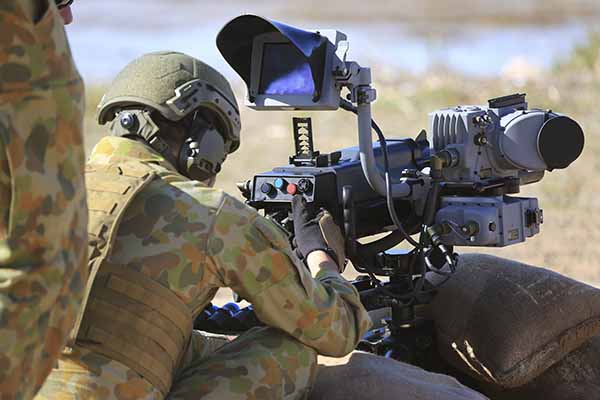
This IP-67 rated Barracuda display isn’t just protected from water, but sand and dust too.
Perhaps the biggest factor is the required IP (Ingress Protection) rating. This is a number that grades the resistance of an enclosure against the intrusion of dust or liquids. The operating conditions and threats within will ultimately dictate the required rating. This leads to a few questions: What is the monitor being protected from? Perhaps water? If so, simply splash proof or water-tight? How deep might it go? And for how long? Will it be exposed to dust? Should it be atmospheric resistant? Even here, you need more than simple yes or no answers. For instance, a monitor protected from sand would require a different degree of protection for one exposed to say flour, or other fine airborne particles.
Altitude/Depth
It the monitor is operating under water, maximum potential depth needs to be known. The deeper it goes, the higher the pressure will be, and the more vulnerable the monitor becomes. Those going way down would require more durable construction and sealing materials and methods. For instance, the solution may include either an overlay, or reinforced glass.
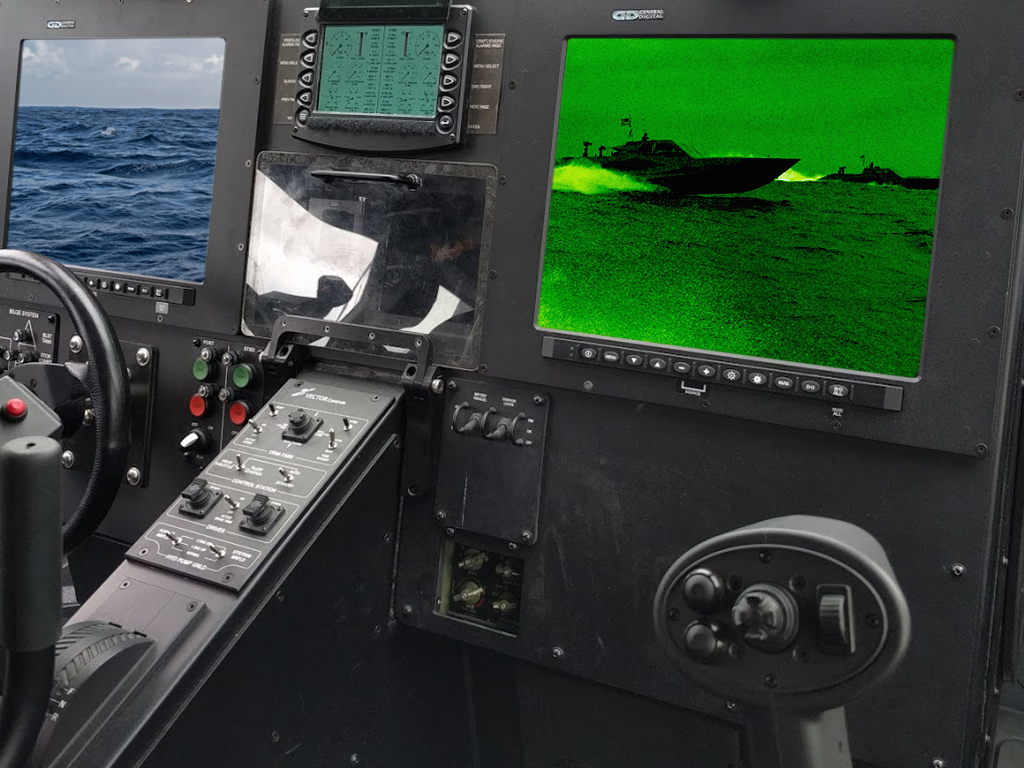
A surface vessel (like the combatant craft pictured here) has very different requirements than a submarine
Higher altitudes, or frequent changes in altitude, pose similar challenges. If you’ve ever been on an airplane and had your ears pop, you’ve experienced the impact. Frequent changes in altitude will typically cause condensation, which is a big nuisance, and can be prevented if configured accordingly.
For monitors that will spend much of their life plunged into the depths of the sea, cooling becomes an issue. If they are used in cooler water, than water itself could cool it. But in a sealed environment, you don’t have the luxury of bringing in cool air.
Heat Dissipation
When dealing with a sealed system, the internal ambient temperature rises by about 10°C, which makes sense. By eliminating airflow into a system, you’re also eliminating opportunities for heat to escape. This presents an issue because too much heat can put internal electronics at risk—despite efforts to optimize convection cooling through internal heat sinking, circulating fans, and low power electronics.
To mitigate this, there are a number of options available, each with tradeoffs that should be considered depending on your application. For example, ambient light sensors can be installed to adjust display brightness dynamically, reducing the potential for operators to leave the display on full brightness which creates more heat. Thermal sensors can also be installed that communicate with intelligent backlight controllers that automatically lower the brightness when the internal heat reaches dangerous levels. These options can prevent critical failure of the electronics—but may require an override feature for critical situations such as combat.
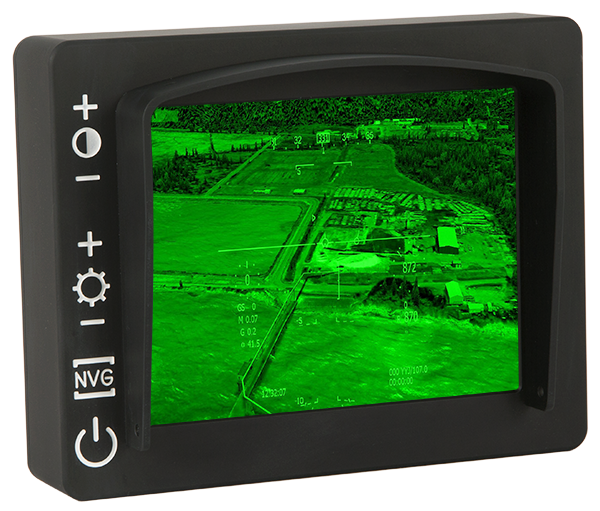
Our 90-3064-023 is equipped with an intelligent power management controller to reduce temperature
Another option is an intelligent power management controller. This can limit the amount of power a system consumes and appropriates power based on a priority list. For example, some of our sealed displays are limited to 12W of power consumption at a given time. These units can be programmed to prioritize power for a backlight and only supply the remaining allowable power to be used for something like an LCD heater.
We can also use transflective or genflective panels rather than high brightness backlights. Reflective backlights allow for the display to be operated in direct sunlight without requiring the extra power (and heat) to keep the display bright. However, overlays such as touch screens or EMI filters prevent the optical transmission of light, meaning this option is only appropriate in specific applications.
How “Extreme” Is the Environment for the Monitor?
A monitor in a car wash is one thing, but if it’s on a spacecraft and heading to the moon, that’s completely different. The car wash application can likely be satisfied with a standard sealed monitor. But one that’s going into space, or that will be employed in other exploration, military or defense applications, might need to customization. For some of these use cases, requirement may exceed those of the highest IP rating. This means additional customization, and a larger price tag. But as we discussed in a previous blog, the investment is worth in the long run since cutting corners could get the user in trouble. In one case, the military was using monitors that were rated for a certain depth. They were operating as intended, until the boats sunk to a level much deeper than the rating covered, resulting in a failure.
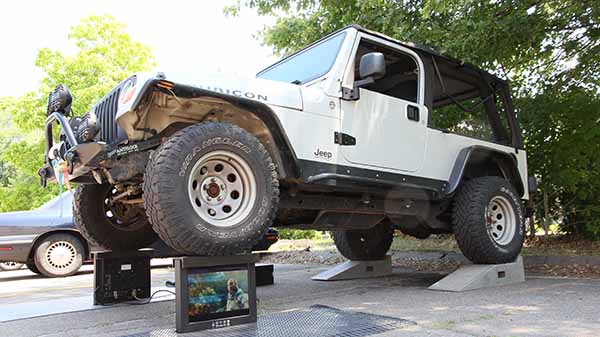
Sometimes being sealed isn’t enough—your monitor needs to be rugged, too
Other considerations must be made that would determine the optimal sealing for the monitor. For example, salt water environments are much more corrosive than freshwater. Other environments that contain corrosive materials, or other factors such as fog and steam, need to be addressed accordingly as well.
Cable and Connector Considerations
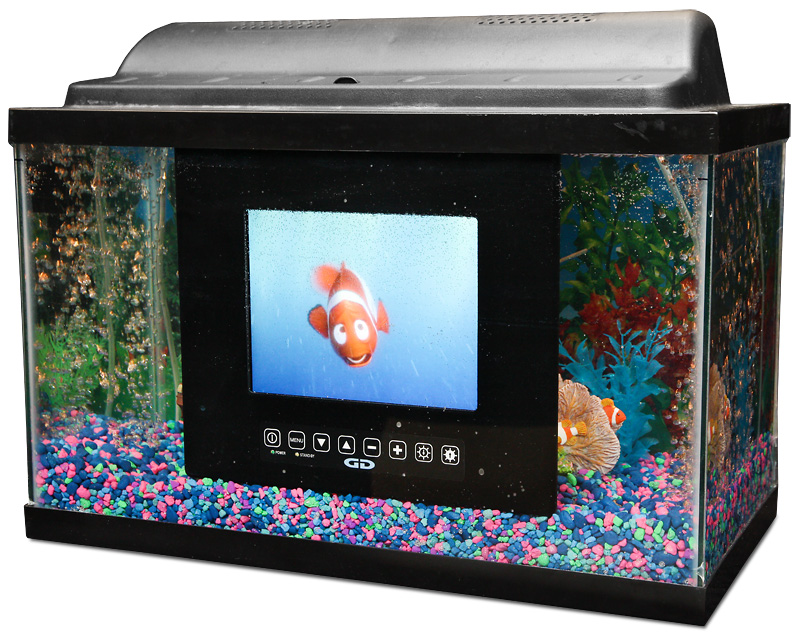
If your display is submerged, all the connectors also need to be sealed to prevent corrosion
As the old saying goes, a chain is only as strong as its weakest link. In the case of sealed monitors, all interconnects must be properly sealed. This includes the cables themselves and of course their connection points. If the cable isn’t sealed, it will eventually corrode in many situations, thus damaging the unit or rendering it useless. This goes for speakers as well, built-in or aux. They need to be fully sealed for the same reason.
Are You an Expert Yet?
As you can see, there’s a lot to consider when specking out a sealed monitor. Though first, you have to know if you actually need one. Over the years, we’ve learned that a lot of buyers don’t know when they do. In many cases, they will request a sealed monitor when they don’t actually need one. The opposite holds true as well. To avoid over- or under-specking your monitor, be sure to speak to with an expert before placing your order.


